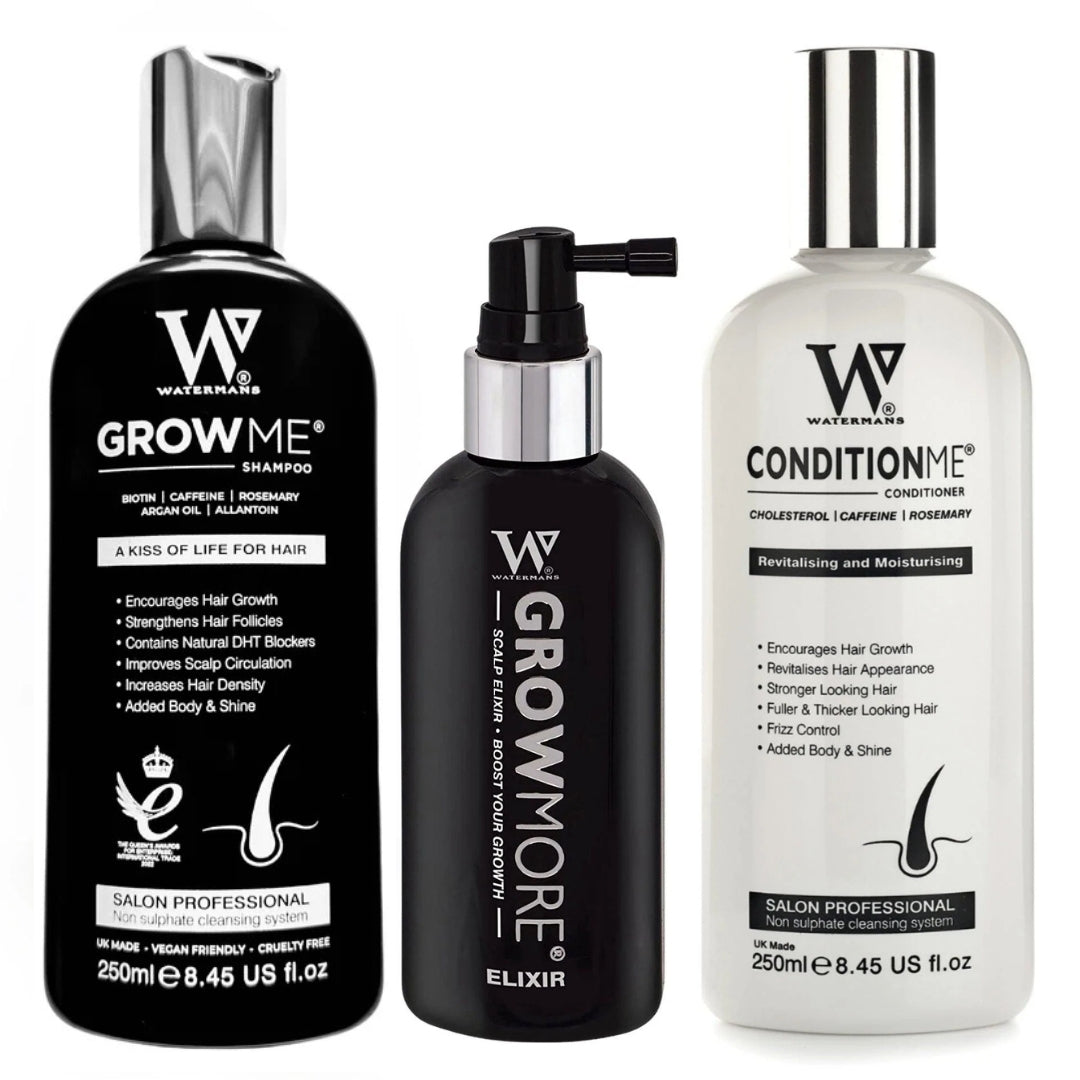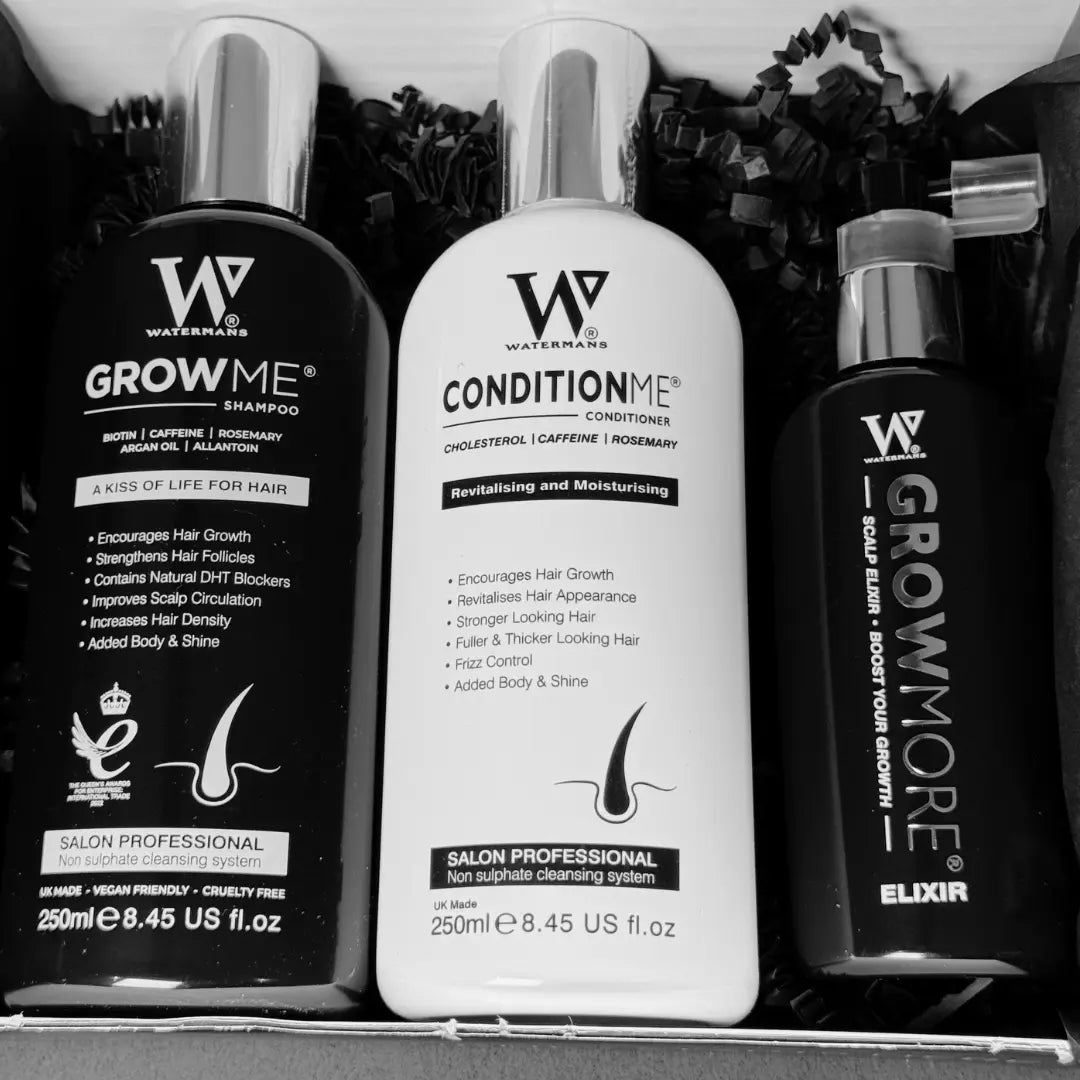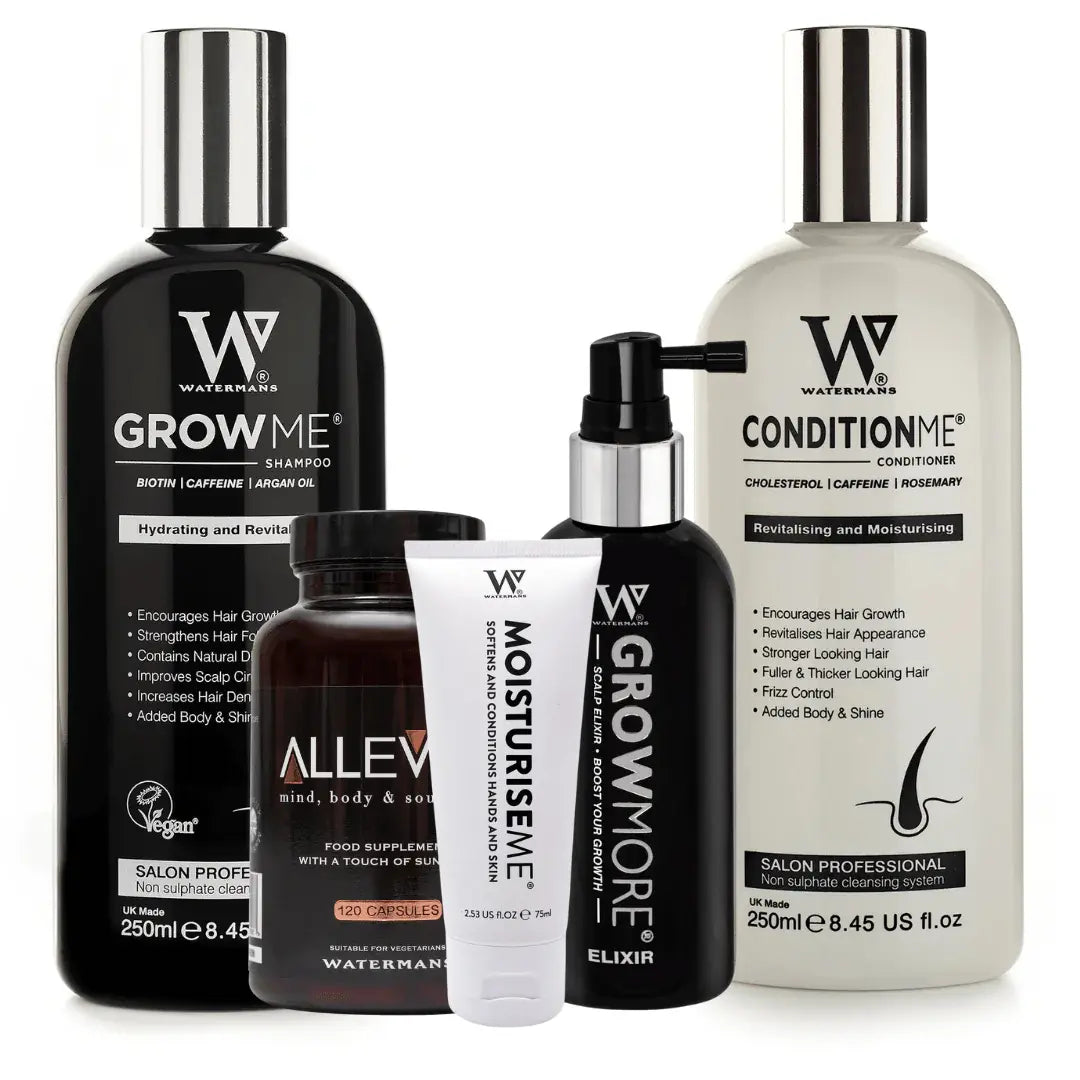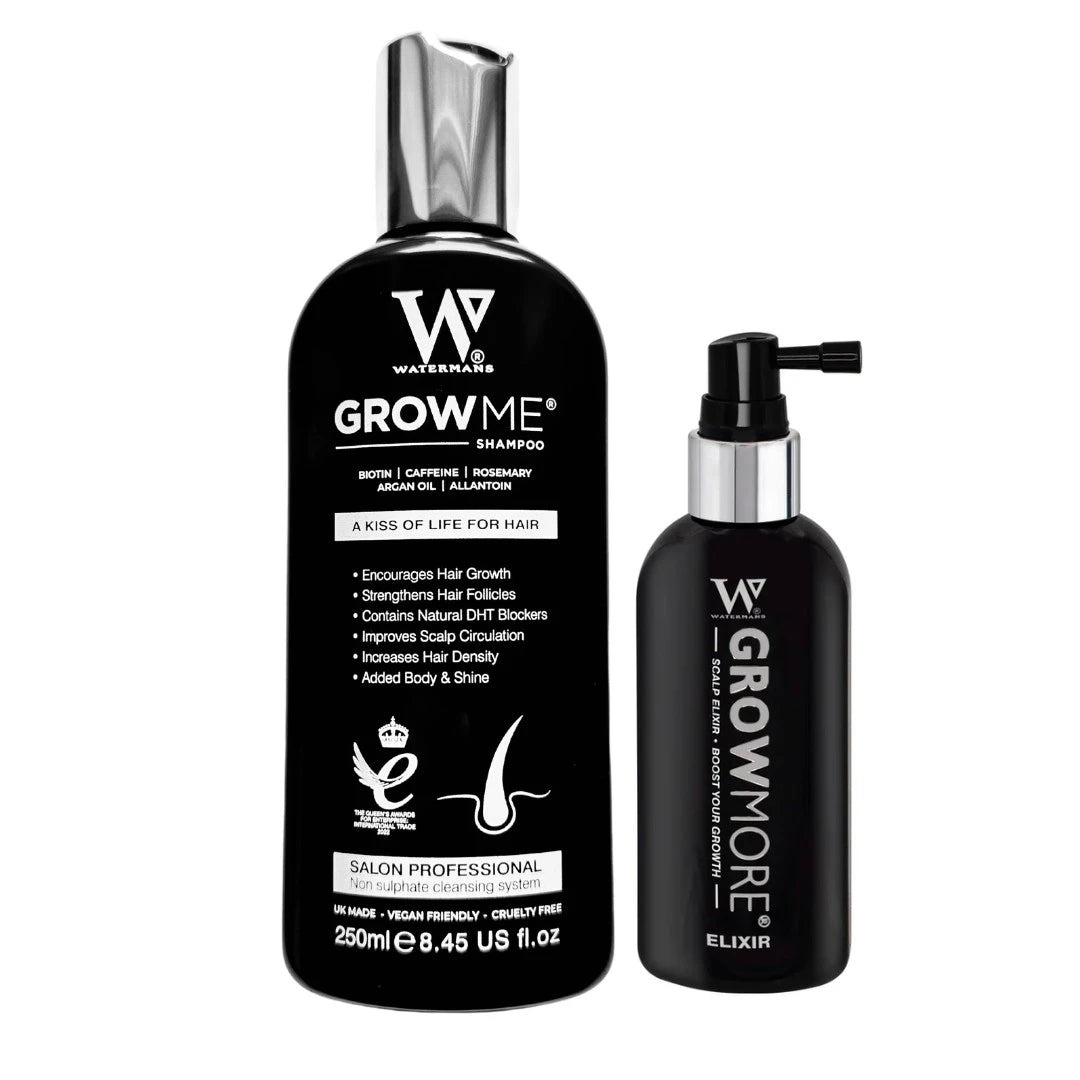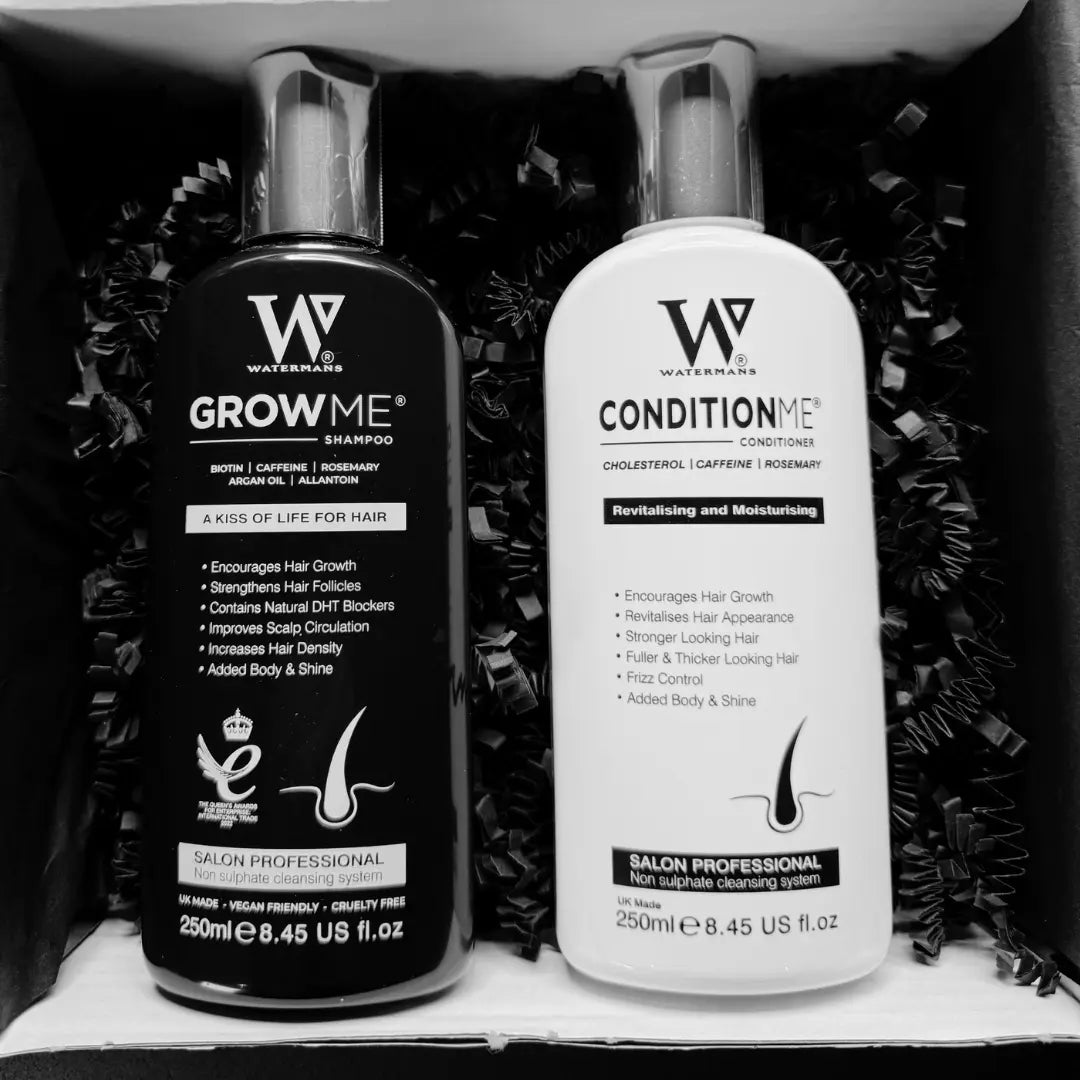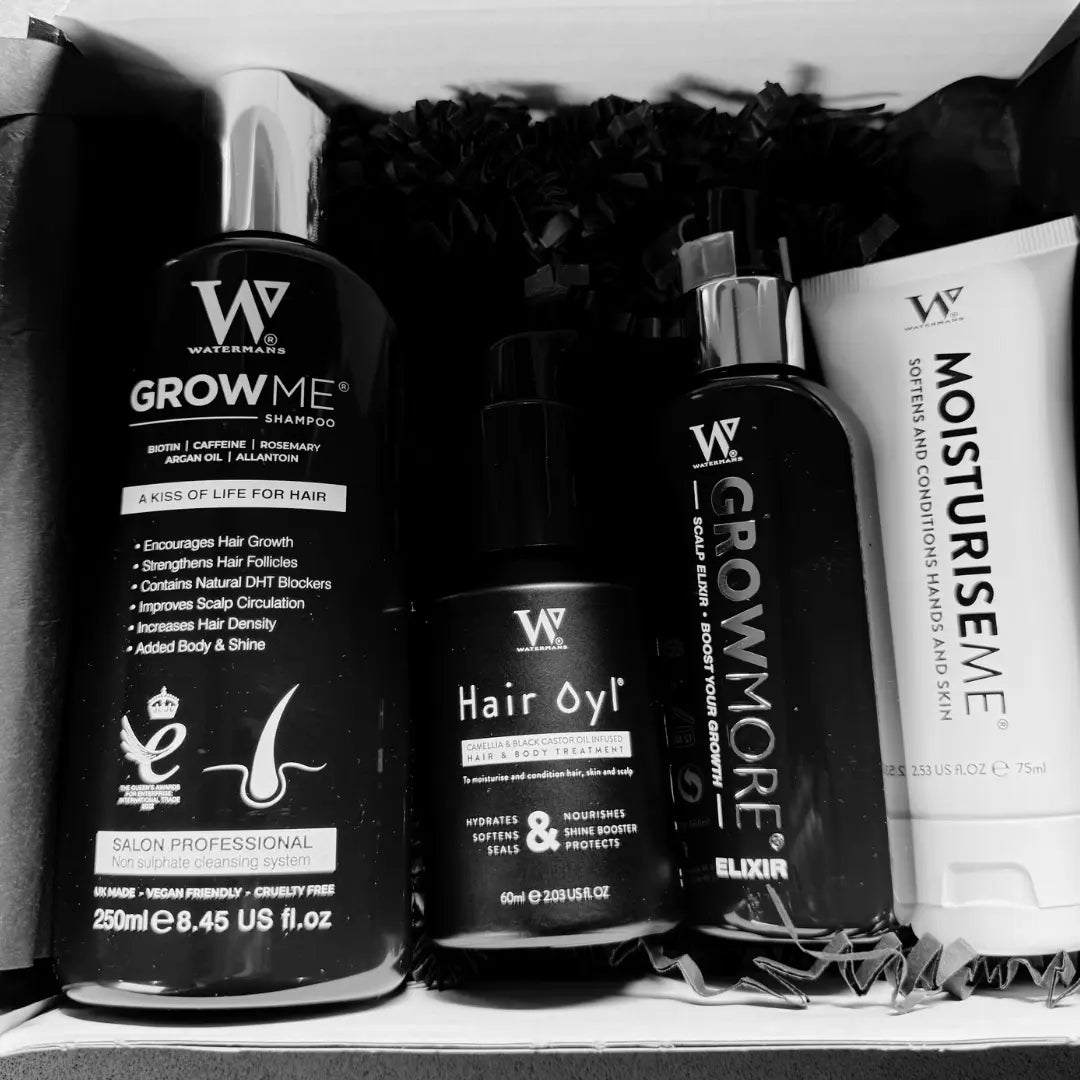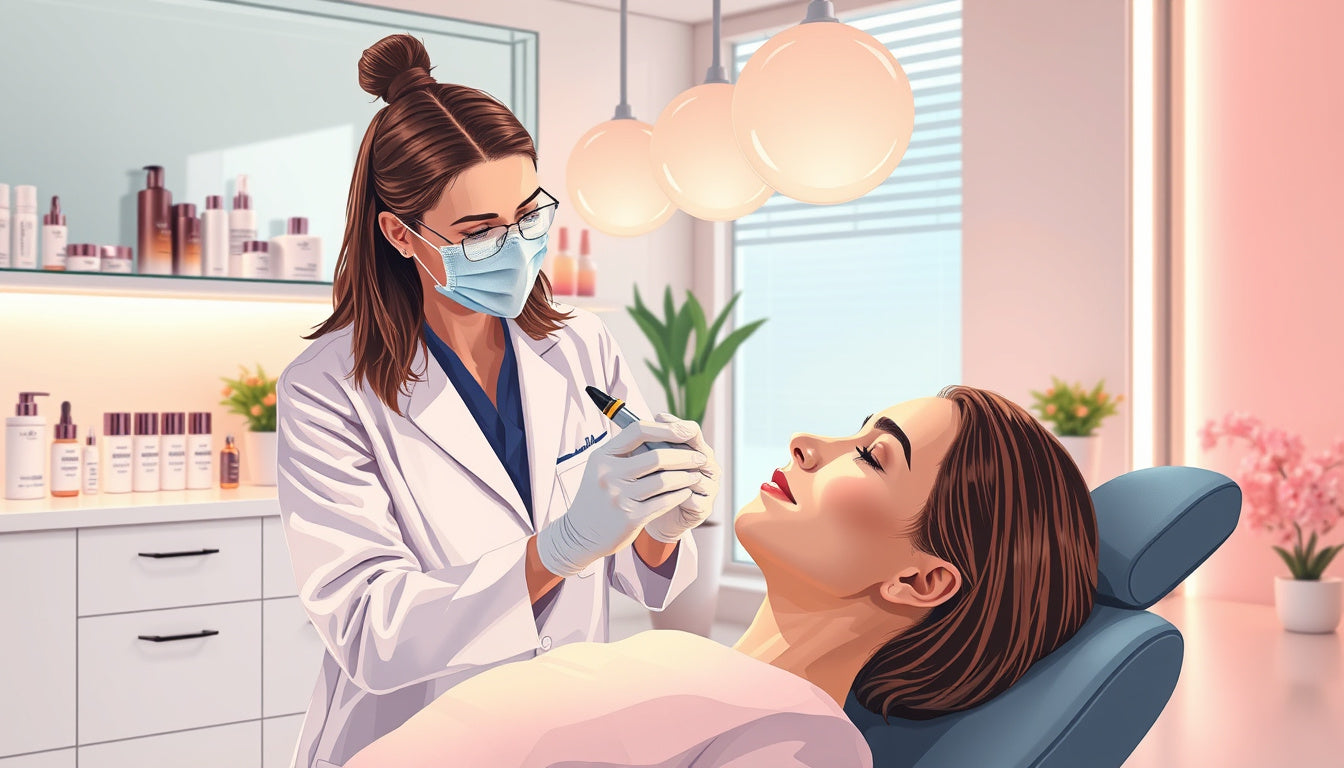
Unlock Radiant Skin: Dr. Sam Ellis Reveals the Truth About Dermaplaning and Facial Shaving!
Dermaplaning and facial shaving are two popular skin treatments that have gained immense traction for achieving smooth, glowing skin. But what exactly are these treatments? Are they right for everyone? Board-certified dermatologist Dr. Sam Ellis breaks down the truth behind these beauty techniques—helping you unlock radiant skin safely and effectively.
What Is Dermaplaning and How Does It Differ From Facial Shaving?
Dermaplaning is a professional exfoliation treatment that involves the removal of dead skin cells and vellus hairs (commonly known as peach fuzz) using a sterile surgical blade. It’s typically performed in medical offices or spas by licensed practitioners such as estheticians, nurses, or doctors.
Facial shaving, on the other hand, is a more accessible at-home technique using facial razors, primarily designed to shave fine hairs on the face. While it also exfoliates the skin to an extent, it doesn't usually achieve the same depth of exfoliation as in-office dermaplaning.
Both methods:
- Remove unwanted facial hair including fine baby fuzz
- Exfoliate the top layers of dead skin cells
- Help reveal smoother, brighter skin
Dr. Ellis notes that professional dermaplaning can remove more dead skin and typically needs to be done every 4-6 weeks for best results.
Benefits of Dermaplaning and Facial Shaving
Smoother Skin Texture
By removing dead skin and fine facial hairs, these treatments leave your skin feeling baby-soft and extremely smooth to the touch.
Enhanced Makeup Application
Without peach fuzz or flaky skin, makeup tends to glide on more evenly and look flawless.
Brighter Complexion
Exfoliation helps shed dull, dead cells, making your skin appear more radiant and refreshed.
Who Should Avoid Dermaplaning and Facial Shaving?
While dermaplaning can be suitable for most skin types, there are important exceptions to consider. Avoid these treatments if you have:
- Active acne or inflammation
- Rosacea flare-ups
- Sunburn or open wounds
- Compromised skin prone to infections
In these cases, dermaplaning may exacerbate irritation or increase infection risk. Always consult your skincare professional before beginning treatments.
Professional Dermaplaning: What to Expect
During an in-office dermaplaning session, a licensed practitioner uses a sterile surgical blade to gently scrape away dead skin cells and facial hairs. The procedure is usually quick and painless, though the frequency recommended is typically once every 4 to 6 weeks to maintain smooth skin and clear exfoliation.
Dr. Ellis compares dermaplaning to a therapeutic massage—some people love it and never want to stop, while others can maintain healthy skin without it. It's a luxurious treat but not absolutely necessary to achieve glowing skin.
At-Home Facial Shaving: A Cost-Effective Alternative
For those who want similar benefits at home, simple facial shaving using a clean eyebrow razor can be very effective. Unlike multi-blade razors designed for body hair, these single-blade tools target delicate peach fuzz and provide gentle exfoliation without irritation.
Tips for Safe and Effective At-Home Shaving
- Use a clean, fresh blade every time.
- Shave in gentle, short strokes.
- Avoid shaving over active acne, open skin, or sensitive areas.
- Combine shaving with your skincare routine for optimal results.
Advanced devices, such as the Dermaflash tool, incorporate sonic vibration to enhance exfoliation for those wanting a more professional experience at home.
Debunking Common Myths About Dermaplaning
Some claim dermaplaning stimulates collagen, treats acne, or reduces fine lines and wrinkles. However, Dr. Ellis highlights that clinical data supporting these claims is limited. While dermaplaning offers exfoliation and hair removal benefits, it should not be seen as a cure-all skincare treatment.
Final Thoughts: Is Dermaplaning or Facial Shaving Right for You?
Dermaplaning and facial shaving are excellent options for anyone looking to achieve smooth, bright skin with minimal hassle. Whether you choose to visit a professional or try at-home shaving, these treatments can improve texture, makeup application, and overall complexion.
For personalized skincare advice, always consult a board-certified dermatologist who can recommend products and regimens tailored to your skin’s needs.
If you’re interested in enhancing your skincare routine beyond exfoliation and want effective, targeted hair and skincare products, be sure to explore Watermans hair products. Their range is designed to support hair health and improve your beauty regimen, fitting seamlessly with your dermaplaning or facial shaving treatments.
Unlock radiant skin and enjoy the benefits of smooth, glowing complexion with the right exfoliation method and supportive skincare!


